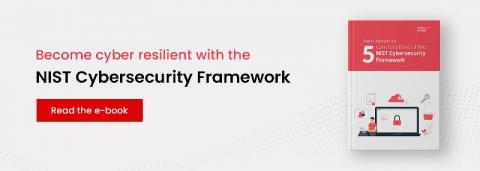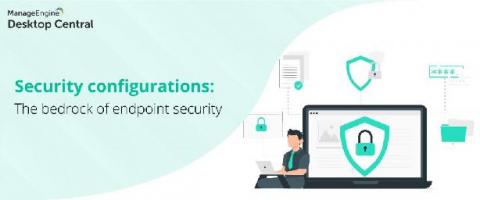Zero Trust Architecture: What is NIST SP 800-207 all about?
“Doubt is an unpleasant condition, but certainty is an absurd one.” Whilst I claim no particular knowledge of the eighteenth-century philosopher Voltaire, the quote above (which I admit to randomly stumbling upon in a completely unrelated book) stuck in my mind as a fitting way to consider the shift from traditional, perimeter-focused ’network security’ thinking to that of ‘ZTA’ (Zero Trust Architecture.)







